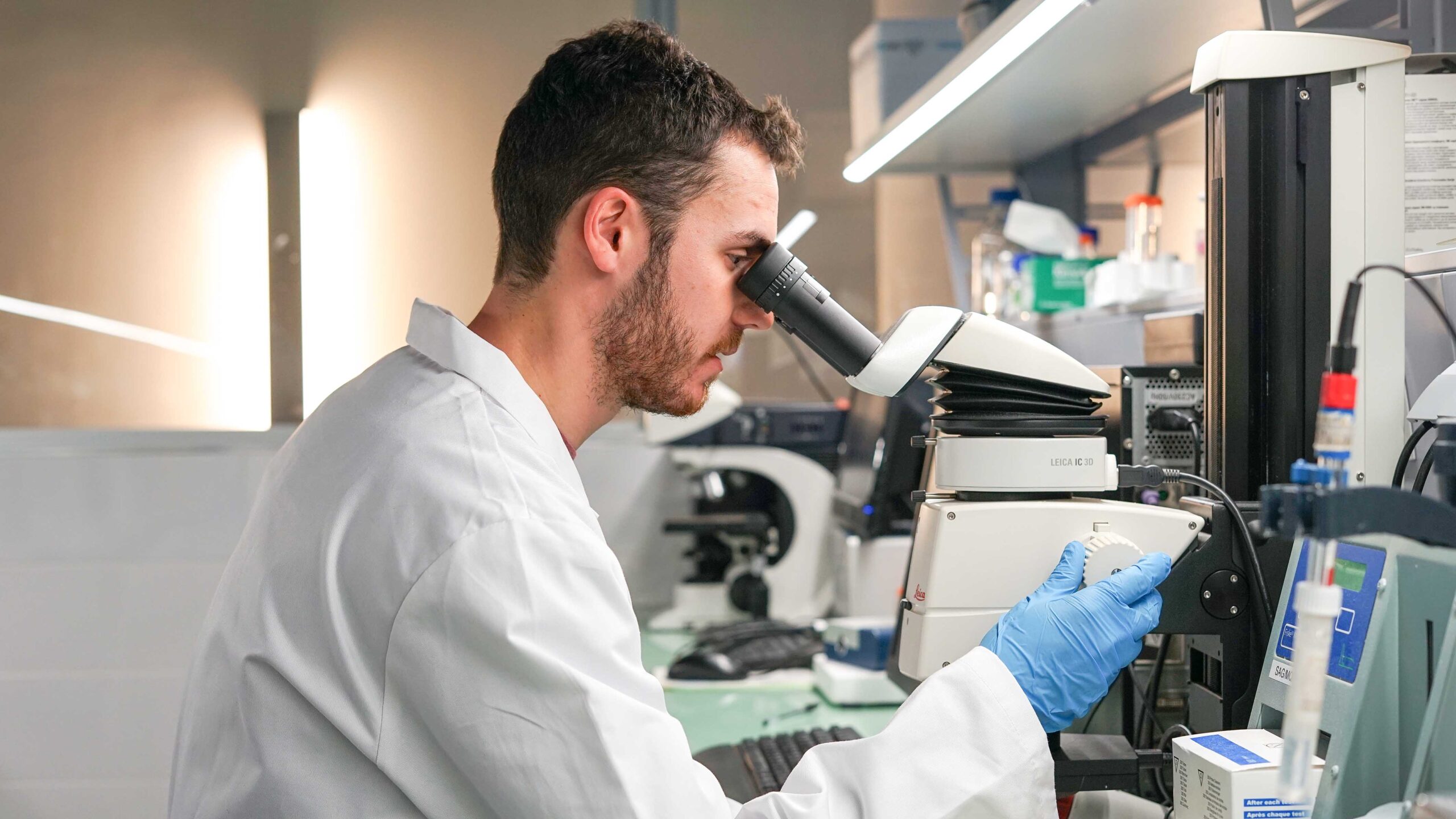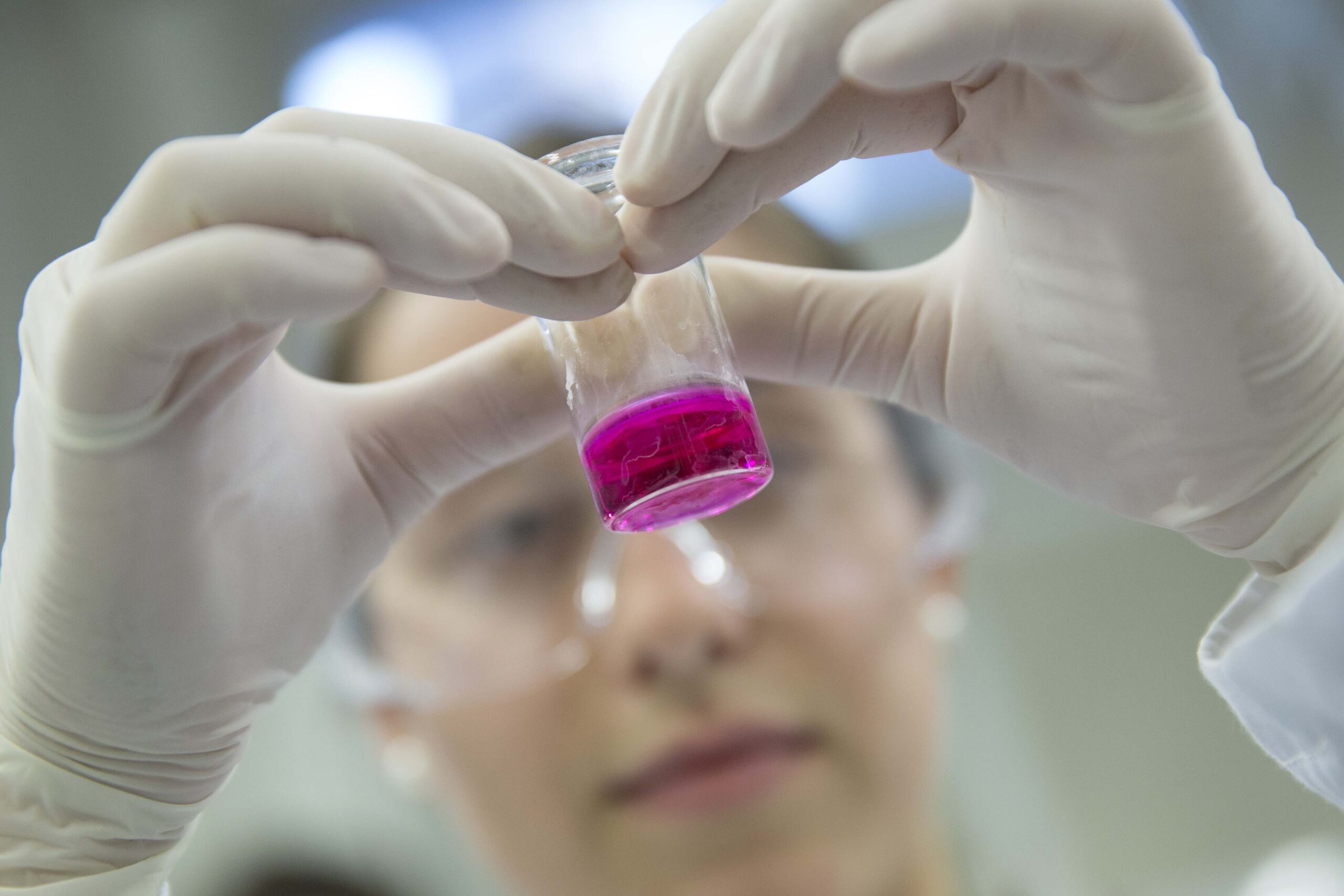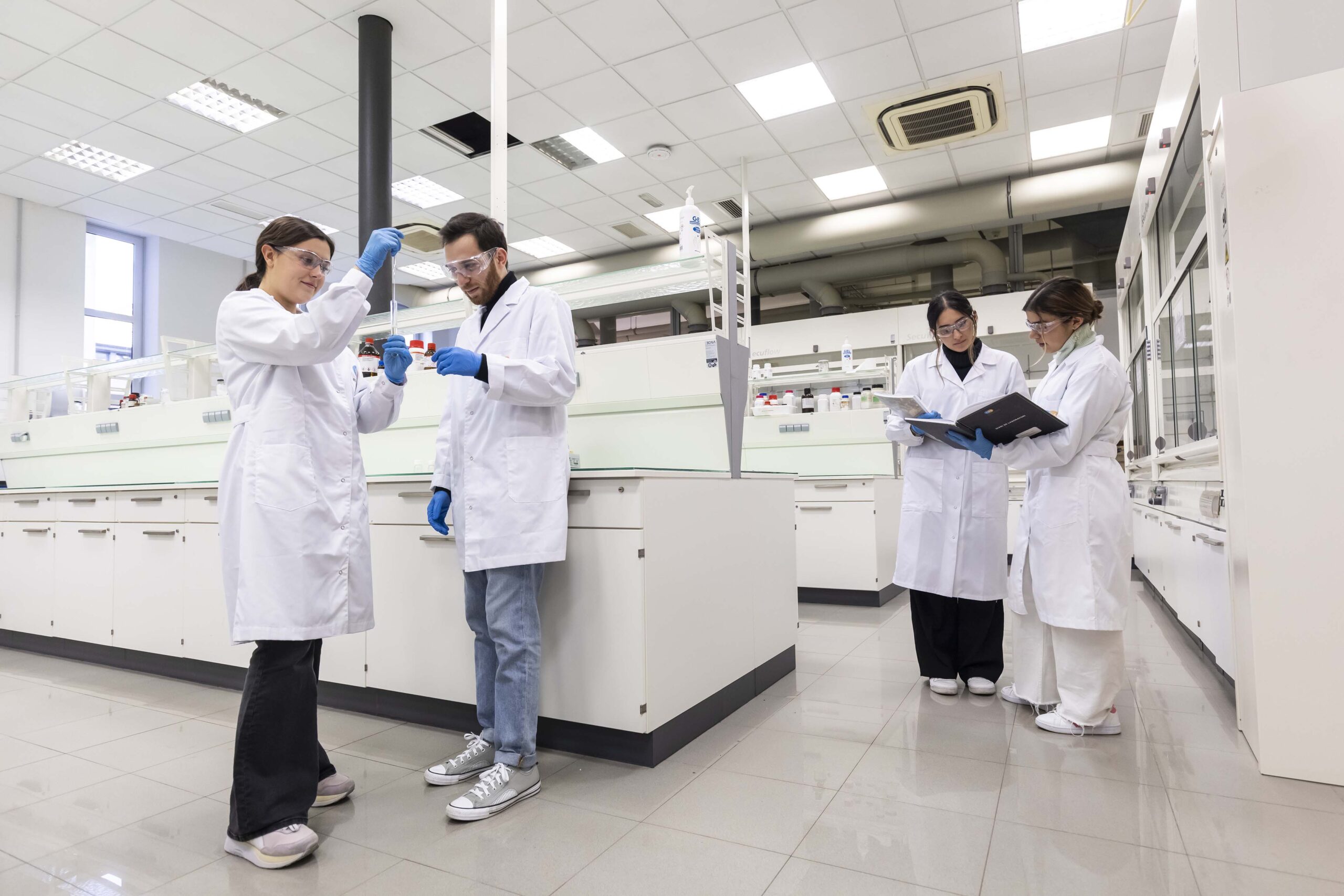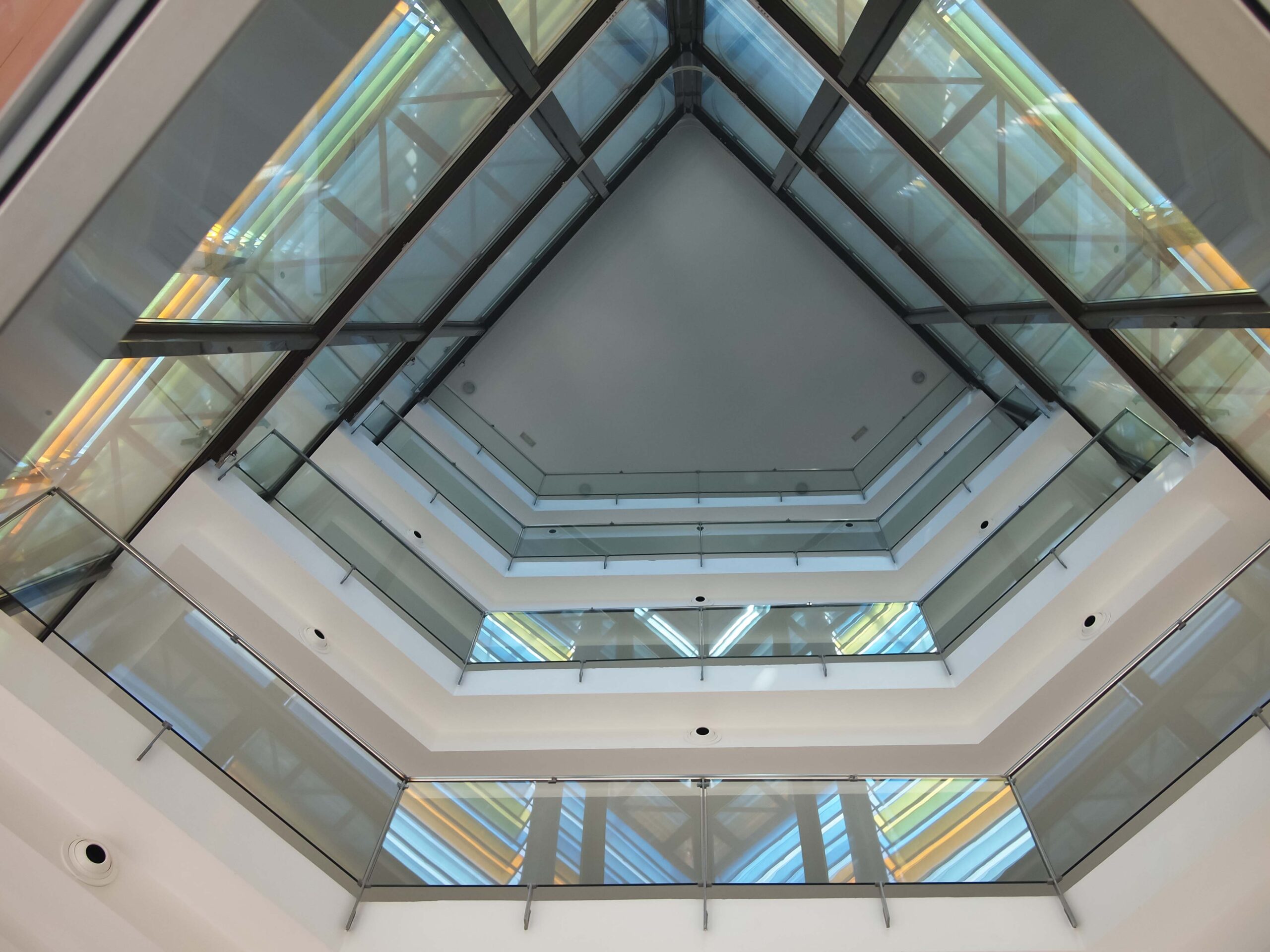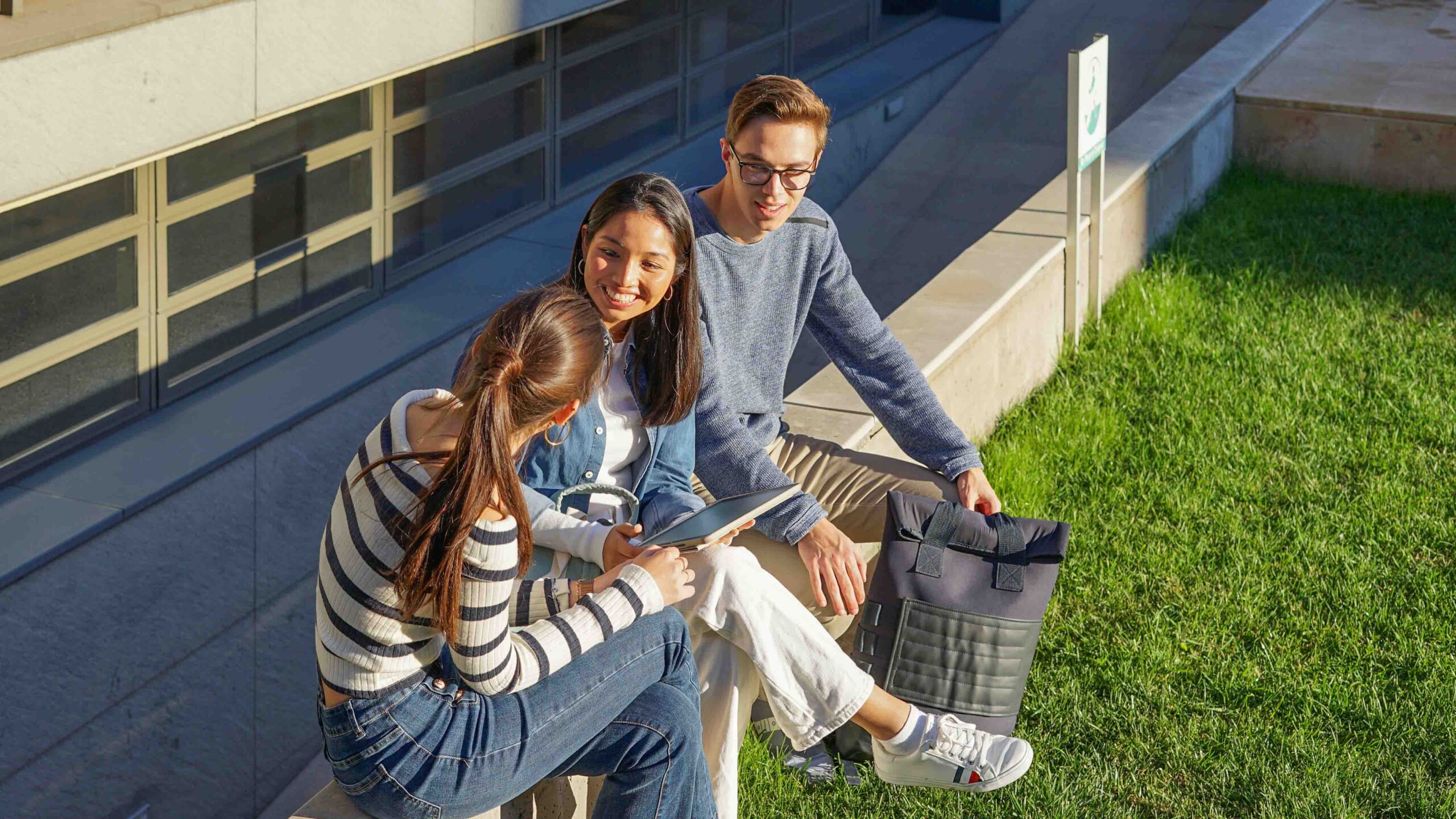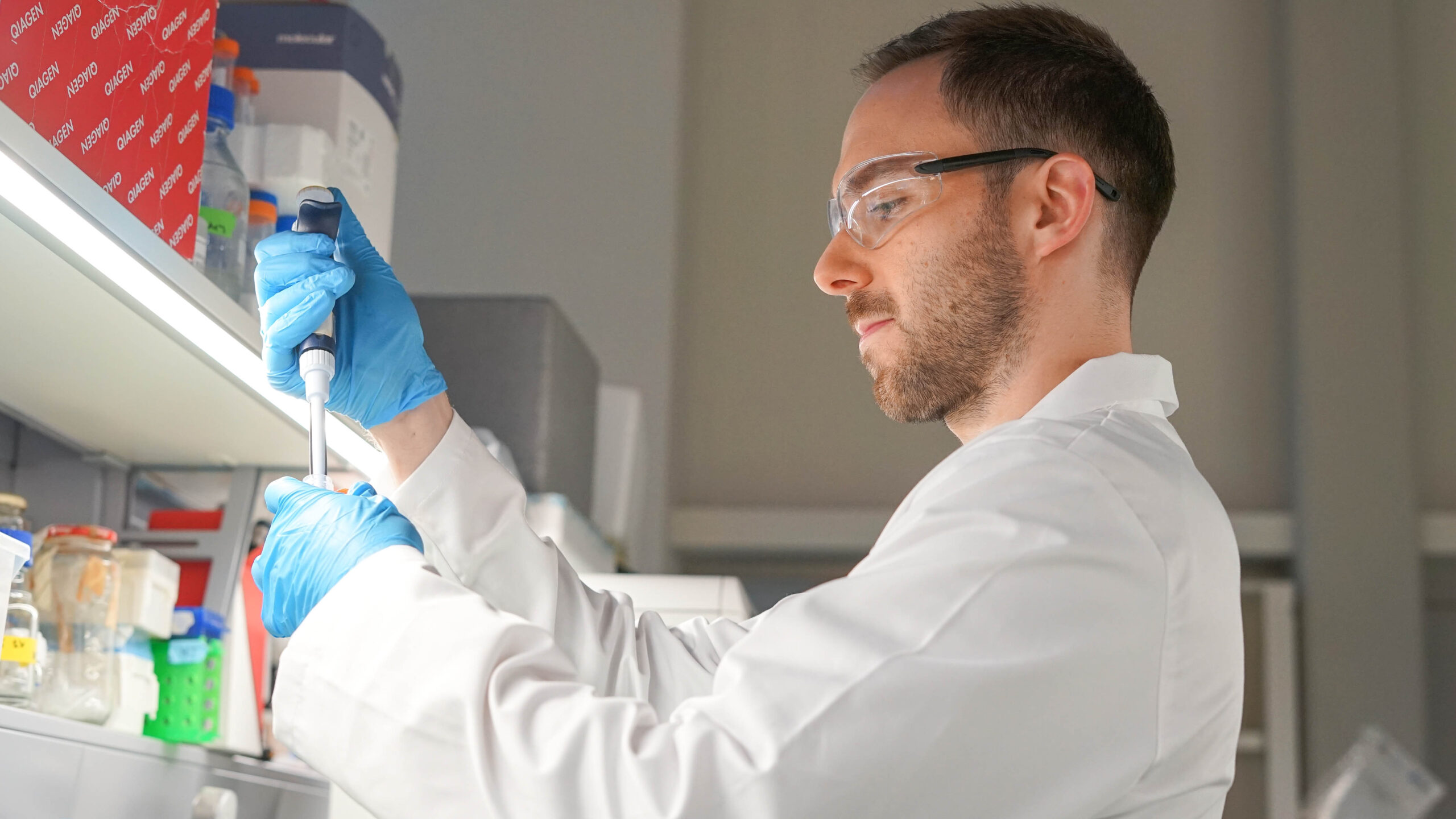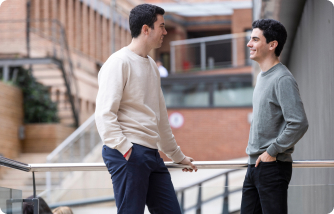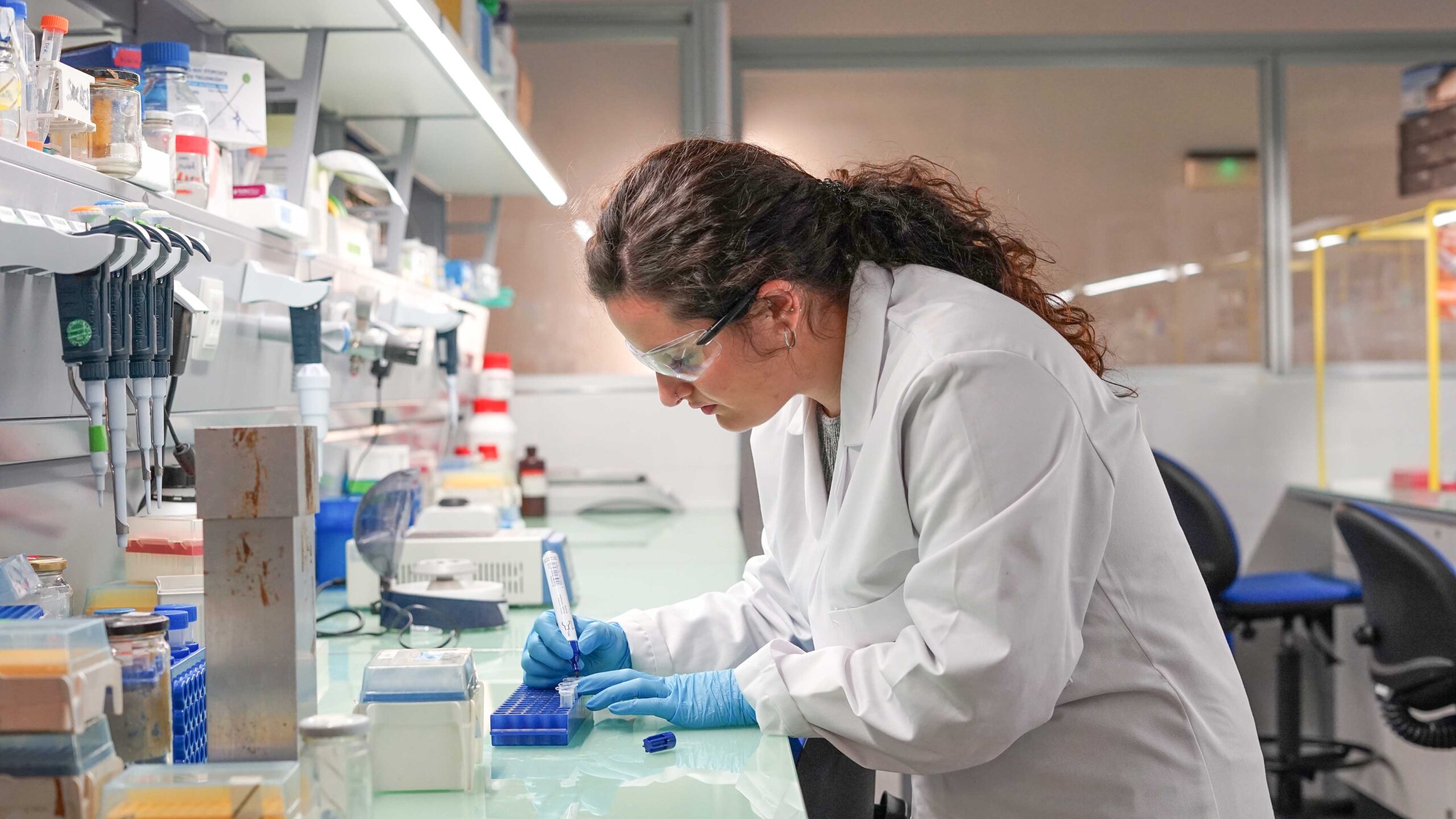Dr. Shambhavi Pandey earned one of the prestigious Beatriu de Pinós Grants awarded by the Government of Catalonia through the Agency for Management of University and Research Grants – AGAUR , to conduct the project LIPCAS at IQS. The main purpose of her project is to obtain lipid nanoparticles that can be delivered to reactivate immunity against Glioblastoma Stem Cells, in the treatment of brain tumours. This research line joins the main purpose of the ChemSyn Bio group at IQS, led by Dr. Benjamí Oller: to combine the nanotechnology and synthetic biology to create protein-based precision and medical tools to treat brain tumours, across the blood brain barrier.
“The global and collaborative atmosphere at IQS drives science to reach higher goals”
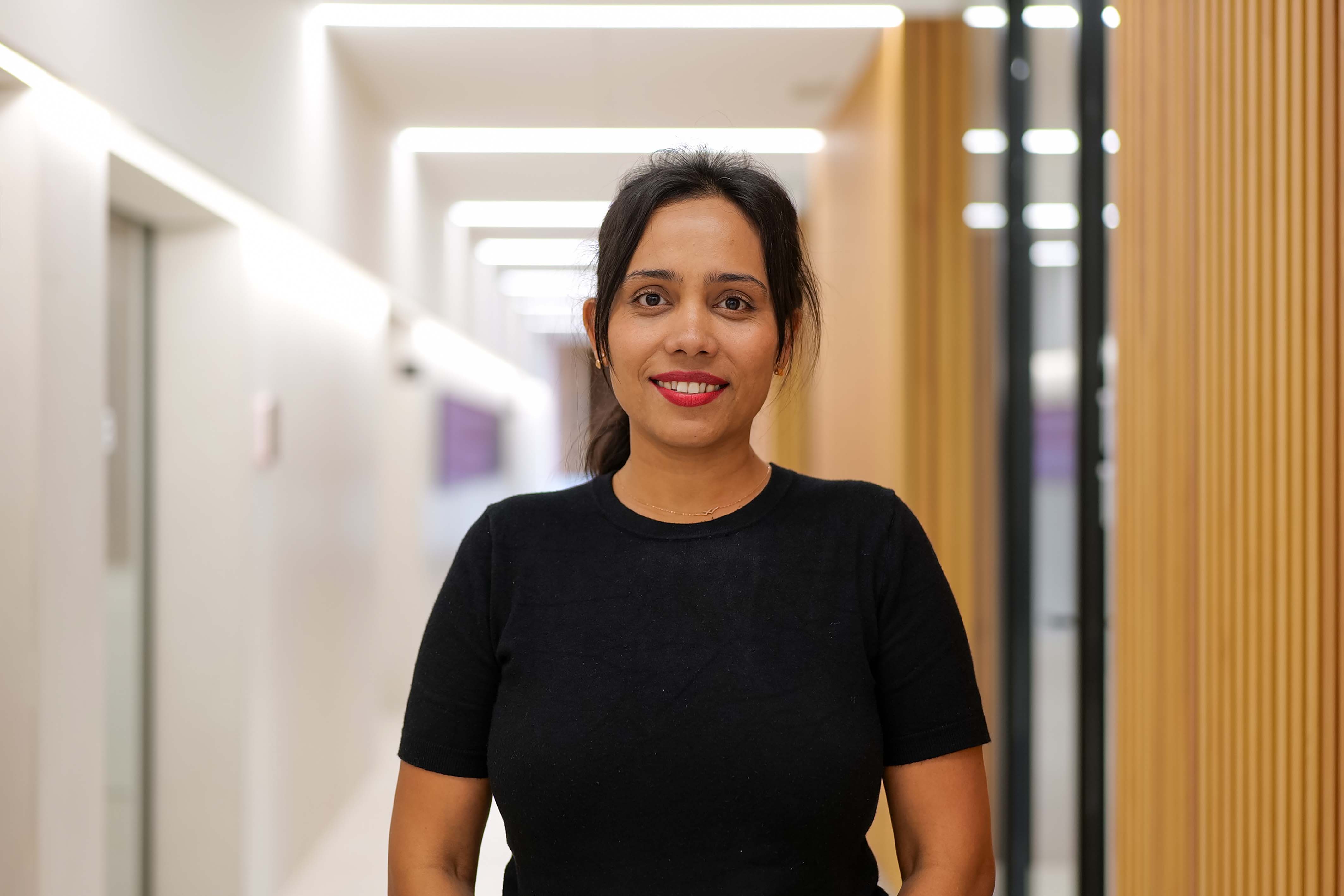
We talk to Dr. Shambhavi Pandey about her project and her experience in IQS.
Shambhavi, what has your career as a researcher been like? What is your field of expertise?
I graduated in Chemistry, and from the beginning I’ve been fascinated by interdisciplinary research that bridges chemistry, materials science, and biology. I pursued my PhD at Seoul National University in Biosystems Engineering, where I specialized in integrating nanotechnology and material science for biomedical applications, particularly focusing on strategies to target cancer and cross the blood brain barrier (BBB).
After completing my PhD, I continued as a postdoctoral researcher at the same University and co-founded a spin-off company, ElBio Inc., with my previous supervisor. I served as the R&D Head of the drug development team, where we successfully advanced a therapeutic nanomaterial from the lab to market readiness, now in preclinical evaluation in collaboration with Seoul National University Hospital.
Throughout my career, my research has focused on cancer targeting and the challenges posed by the blood brain barrier. My expertise lies in nanomedicine and biomaterials design for cancer therapy, with a strong focus on developing nanoparticle-based systems capable of efficient blood brain barrier transmigration and targeted delivery.
How did you contact Dr. Benjamí Oller and his research group?
I conducted several projects in Korea, and I was ready to move and search new ‘adventures’ in my life. I was looking for a tenure track position, for a transition from being a postdoctoral researcher to the Faculty, and that’s when I knew about Dr. Benjamin Oller and his ERC grant and the OBGate project. Dr. Oller needed someone who was an expert to lead the part of this project related to working with nanoparticles. I found his advertisement and applied, because the main purpose of the project was very interesting for me, and challenging, of course!
I had been working in the field of brain cancer stem cells for about seven years, a deeply challenging but rewarding area. Now, by joining the ChemSynBio group, I’m taking on a new kind of challenge: designing and delivering specific receptors on the endothelial surface of the brain without crossing the blood–brain barrier. While my earlier work focused on overcoming the BBB, my current goal is to precisely stop at the endothelial interface, essentially redefining the boundary of the challenge itself.adres de cáncer cerebral durante siete años, un área profundamente desafiante pero muy gratificante. Ahora, uniéndome al grupo ChemSynBio, estoy asumiendo un nuevo reto, como es diseñar y administrar receptores específicos en la superficie endotelial del cerebro sin atravesar la barrera hematoencefálica. Mientras mi trabajo previo estaba enfocado en superar la barrera, mi objetivo ahora es detenerme con precisión en la interfaz endotelial, redefiniendo esencialmente el límite del desafío en sí mismo.
“My current goal is to precisely stop at the endothelial interface, essentially redefining the boundary of the challenge itself”
And then you applied for a Beatriu de Pinós grant. What does it mean to you to get this Beatriu de Pinós?
I applied for the call while I was still in Korea. I shared a specific project with Dr. Oller, which was different from the big ERC one, he liked it very much and pushed me to apply for a specific grant for it. So, I got the BdP grant for my own project LIPCAS – Lipid Nanoparticle-mediated anti-PD-L1 CRISPR/Cas9 delivery to reactivate Immunity against Glioblastoma Stem Cells.
As I said, its main objective is to develop conditionally active lipid nanoparticles that can be delivered at the endotelial surface to reactivate immunity against glioblastoma stem cells, in the treatment of brain tumours.
This grant is the recognition of the researcher and his/her research line into the Catalan Ecosystem. So, this is going to have a very important role in my career, and it gives me the opportunity to stay in Barcelona.
I was truly delighted to receive the Beatriu de Pinós grant. I had applied for several others as well, but this one was particularly meaningful because it came just six months after I arrived at IQS. The challenge was immense; I was competing not only in a new country, but on an entirely new continent. Adjusting to a different culture, scientific environment, and way of life was not going to be easy. This grant gave me both the confidence and the opportunity to truly integrate into this new system and continue developing my research career.
“This grant gave me both the confidence and the opportunity to truly integrate into this new system and continue developing my research career”
Most important, the grant recognizes my project and my research line, also tells me that I am a competent researcher and will help me to establish my own research line.
Additionally, it gives me the opportunity to guide and mentor younger students, working in the OBGate project, in some of the common areas shared with my LIPCAS project.
Tell us what your project is about
As I mentioned, my main goal is to develop nanoparticles capable of delivering specific artificial receptors to the endothelial surface of the brain. In glioblastoma (GBM), the standard treatment involves maximal tumour resection followed by radiotherapy and chemotherapy. However, the intricate structure of the brain makes complete tumour removal nearly impossible, allowing glioblastoma stem cells (GSCs) to persist and cause recurrence.
This project aims to address that challenge by targeting GSCs using newly designed lipid nanoparticles. My objective is to improve survival outcomes, prevent distant relapse, and eliminate residual tumour cells in the brain, while simultaneously promoting the immune system’s own activation against cancer. The new lipid NPs will activate the immune system against the cancer cells and thereby remove the GBM tumour in the brain.
“The new lipid NPs will activate the immune system against the cancer cells and thereby remove the GBM tumour in the brain”
Long term survival and keeping the tumour relapse at bay is the next step in the project.
Your experience here in IQS
I’ve been here for about a year and a half already, and my experience is beeing extremely positive and enriching. I’ve found here a very supportive little scientific community here, very collaborative! I personally believe that with such collaboration, the research advances to a higher extent. The infrastructures are steadily growing, and people in my group are always encouraging and willing to help. Since I first arrived, I’ve also noticed a growing number of international researchers joining, which makes the environment even more dynamic. I truly believe that such a global and collaborative atmosphere drives science to reach higher goals. I love to be here!
A wish for the future
My main goal for the future is to establish an independent research line at the intersection of biomaterials and stem cell science. I aim to develop innovative therapeutic platforms that bridge fundamental research and clinical application. I also aspire to secure a faculty position where I can mentor young scientists and help nurture the next generation of researchers.
In the near term, I hope to translate my current studies into product-oriented outcomes: developing technically viable solutions such as biomaterial-based brain implant patches that can be applied post-surgery to improve recovery and long-term treatment outcomes. And going further on, my wish will be to integrate these biosystems for treatment of other neuro degenerative diseases.
These are my big goals and the future I see for myself and my research.
